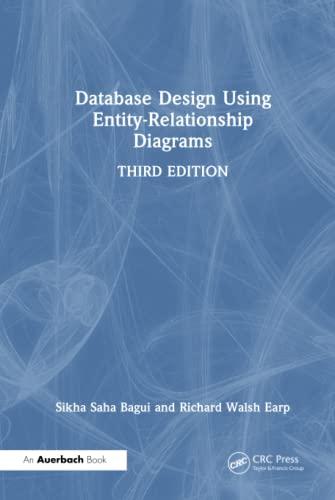Question
SHA-1 gives 160-bit secure hash. Let's assume that a successful brute force attack is possible by trying 2^(160/3) combinations. If we do a double hash
SHA-1 gives 160-bit secure hash. Let's assume that a successful brute force attack is possible by trying 2^(160/3) combinations. If we do a double hash (as is done in Encase tool for forensics), the input is the secure hash of the message and the output is also another secure hash. Comparing this with SHA-2 using 256 bits, we can say ? This mUltiple choice.
| (A) SHA-256 is stronger because it requires 2^(256/3) brute force combinations, while SHA-1 still needs 2^(160/3) combinations. | ||
| (B) double SHA-1 is stronger because it requires twice the 2^(160/3) combinations. | ||
| (C) double SHA-1 is stronger because it requires about 2^(160/3) X 2^(160/3) maximum combinations becaue for each broken first stage, there are 2^(160/3) brute force attempts may be needed. | ||
| (D) they are roughly equal and there was no need for the 256 version. |
Step by Step Solution
There are 3 Steps involved in it
Step: 1

Get Instant Access to Expert-Tailored Solutions
See step-by-step solutions with expert insights and AI powered tools for academic success
Step: 2

Step: 3

Ace Your Homework with AI
Get the answers you need in no time with our AI-driven, step-by-step assistance
Get Started


